

Articles
How To Store Jam Once Opened
Modified: December 7, 2023
Discover helpful articles on how to store jam once opened and keep it fresh for longer. Find useful tips and techniques to preserve the flavor and quality of your homemade or store-bought jam.
(Many of the links in this article redirect to a specific reviewed product. Your purchase of these products through affiliate links helps to generate commission for Storables.com, at no extra cost. Learn more)
Introduction
When it comes to preserving the natural sweetness of fruits, nothing beats a jar of delicious homemade jam. Whether it’s spread on toast, used as a topping for pancakes, or added to desserts, jam can elevate any dish with its rich and vibrant flavors. However, once a jar of jam is opened, it’s crucial to store it properly to maintain its taste, texture, and quality.
Proper storage not only helps to prevent spoilage but also extends the shelf life of your favorite jam. In this article, we will explore the importance of storing opened jam correctly and share some general guidelines and tips to keep your jam fresh and flavorful for longer.
Key Takeaways:
- Properly storing opened jam is crucial for maintaining its flavor, texture, and safety. Follow guidelines, use clean containers, and check for spoilage to savor your homemade jam for longer.
- Whether refrigerating or storing at room temperature, proper sealing and hygiene practices are key to extending the shelf life of opened jam. Regularly check for spoilage and enjoy your jam at its freshest.
Read more: How To Store Vodka Once Opened
Importance of Proper Jam Storage
Properly storing opened jam is essential for several reasons. First and foremost, it helps to prevent the growth of bacteria, molds, and yeast that can spoil the jam. By storing it correctly, you can maintain the freshness and quality of the jam, ensuring a delightful experience each time you reach for that jar.
Secondly, proper jam storage also helps to preserve the flavor and texture of the jam. Exposure to air, heat, and light can lead to the oxidation of the fruit sugars and the breakdown of pectin, the natural thickening agent found in fruits. This can result in a loss of color, flavor, and texture.
Furthermore, storing jam properly can help prevent the formation of crystallized sugar. When exposed to air or stored at too low temperatures, the sugar in the jam can crystalize, giving it a gritty texture. By following the correct storage methods, you can keep the sugar in a desirable form and maintain the smooth and creamy consistency of the jam.
Lastly, proper storage is also crucial for food safety. When stored incorrectly, opened jam can provide a breeding ground for harmful bacteria, leading to foodborne illnesses. By taking the necessary precautions, you can ensure that your jam is safe to consume and enjoy.
Now that we understand the importance of proper jam storage, let’s delve into some general guidelines to keep in mind when storing your favorite spread.
General Guidelines for Storing Opened Jam
Follow these guidelines to ensure proper storage of your opened jam:
- Use clean and dry utensils: When scooping jam out of the jar, make sure to use clean and dry utensils to prevent the introduction of bacteria or moisture.
- Avoid double-dipping: To further minimize the risk of contamination, refrain from double-dipping utensils into the jar. This practice introduces additional bacteria from the utensil into the jam, which can promote spoilage.
- Remove crumbs: After using the jam, always ensure that no crumbs or food particles are left behind in the jar. These bits can serve as a breeding ground for bacteria, potentially accelerating spoilage.
- Seal the jar tightly: After opening the jam, ensure that the jar is tightly sealed to prevent air from entering. Oxygen exposure can promote bacterial growth and compromise the quality of the jam.
- Store in a cool, dark place: It’s best to store opened jam in a cool, dark place away from direct sunlight and heat. Exposure to light and heat can degrade the flavor and quality of the jam. A pantry or cupboard is an ideal location.
- Avoid extreme temperature fluctuations: Rapid changes in temperature can affect the consistency and flavor of the jam. Avoid placing the jar near hot appliances or areas prone to temperature fluctuations, such as near the stove or refrigerator.
- Consider refrigeration: While some jams can be stored at room temperature, refrigeration can help prolong the shelf life of opened jam. Check the manufacturer’s instructions or use your judgment based on the ingredients and consistency of the jam.
- Label and date: To keep track of the freshness of your opened jam, label the jar with the date it was opened. This way, you can easily identify how long it has been stored and determine if it is still safe to consume.
By following these general guidelines, you can ensure that your opened jar of jam stays fresh and delicious for as long as possible. However, it’s important to note that specific jams may have unique storage requirements, so always refer to the manufacturer’s instructions for the best results.
Choosing the Right Storage Container
When it comes to storing opened jam, choosing the right container is an important consideration. The container you use should be clean, airtight, and capable of preserving the freshness of the jam. Here are some options to consider:
- Glass Jars: Glass jars are a popular choice for storing jam due to their non-reactive nature. They do not absorb flavors or odors, ensuring that the jam remains true to its original taste. Look for jars with tight-fitting lids to prevent air from entering and spoilage from occurring.
- Plastic Containers: If using plastic containers, make sure they are made from food-grade plastic that does not leach harmful chemicals into the jam. Look for containers with airtight lids to maintain the freshness of the jam.
- Tupperware or Sealable Bags: Tupperware containers and sealable bags can be suitable options for storing jam, especially if space is limited. Make sure the containers or bags are clean, airtight, and designed for food storage.
- Freezer-Safe Containers: If you plan to freeze your opened jam, opt for containers specifically labeled as freezer-safe. These containers can withstand freezing temperatures without cracking or shattering.
- Mason Jars: Mason jars are another popular choice for storing jam. They come in various sizes and often feature airtight lids that create a reliable seal. Mason jars can also add a charming aesthetic to your pantry or kitchen shelves.
Regardless of the container you choose, always ensure that it is clean and dry before transferring the jam. Avoid using containers with scratches, cracks, or loose lids, as they can compromise the integrity of the jam and make it more susceptible to spoilage.
Remember, the container you choose should be capable of keeping the jam airtight to prevent the entry of air and the growth of bacteria. This will help maintain the quality, flavor, and shelf life of your opened jam.
Proper Sealing Techniques
To ensure the freshness and longevity of your opened jam, it is crucial to employ proper sealing techniques. Here are some essential tips to help you seal your jam effectively:
- Clean the rim: Before sealing the jar, make sure the rim is clean and free from any jam residue or debris. Use a clean cloth or paper towel to wipe away any spills or drips.
- Apply the lid correctly: Place the lid on the jar and ensure it is centered properly. Gently press down on the lid to create a seal.
- Tighten the lid: Carefully screw the lid onto the jar until it feels secure. Avoid overtightening, as this can distort the lid or jar threads, making it difficult to open later.
- Check for a vacuum seal: After sealing the jar, check for a vacuum seal by pressing down on the center of the lid. If it pops back up, the seal is not secure. In such cases, refrigerate the jar or consider re-sealing it using a new lid.
- Use heat to create a stronger seal (optional): If you prefer a stronger seal, you can consider using heat to create a vacuum seal. Submerge the closed jar in a pot of boiling water for a few minutes, then carefully remove it and allow it to cool. As the jar cools, the lid will contract, creating a tighter seal.
By following these sealing techniques, you can ensure that air is effectively kept out of the jar, minimizing the risk of spoilage and degradation of your jam.
Remember, proper sealing techniques are crucial for maintaining the quality and shelf life of your opened jam. A tight seal will help preserve the flavor, texture, and freshness, allowing you to enjoy your homemade jam for an extended period.
Store opened jam in the refrigerator to prevent spoilage. Make sure the jar is tightly sealed to maintain freshness. Use within 1-3 months for best quality.
Read more: How To Store Dates Once Opened
Refrigeration vs. Room Temperature Storage
One common question when it comes to storing opened jam is whether to keep it in the refrigerator or at room temperature. The answer depends on various factors, including the ingredients and consistency of the jam. Here’s what you need to know:
Refrigeration:
Refrigerating opened jam is generally recommended as it helps to prolong its shelf life. The cooler temperature inhibits the growth of bacteria, molds, and yeasts, keeping the jam fresh for longer. Refrigeration also helps to maintain the color, flavor, and texture of the jam.
If you choose to refrigerate your jam, make sure to store it in a clean, airtight container to prevent it from absorbing any odors from other foods in the refrigerator. This will help preserve the original taste of the jam. Keep in mind that refrigerated jam may thicken slightly due to the cooler temperature, but this is normal and does not affect its quality.
Room Temperature Storage:
Some jams, particularly those with a high sugar content or a higher acidity level, can be safely stored at room temperature. These jams often have a lower water activity level, making them less prone to spoilage. However, it is essential to consider the quality of the ingredients and the manufacturer’s instructions.
When storing jam at room temperature, it is crucial to keep it in a cool, dark place away from direct sunlight and heat sources. Exposure to light and heat can degrade the quality and flavor of the jam, so a pantry or cupboard is typically an ideal location.
Ultimately, the decision to refrigerate or store at room temperature depends on factors such as personal preference, the ingredients in the jam, and the specific instructions provided by the manufacturer. Always check the label or consult the product packaging for any specific storage recommendations.
If you’re unsure whether your jam should be refrigerated or stored at room temperature, it is generally safer to err on the side of caution and opt for refrigeration. This will help to maximize its shelf life and maintain its quality.
Remember, regardless of the storage method you choose, it is essential to monitor the jam for any signs of spoilage and discard it if you notice any changes in color, texture, or odor. Properly stored jam should remain fresh and delicious for an extended period, allowing you to enjoy it to the fullest.
Checking for Spoilage
Regularly checking your opened jam for signs of spoilage is crucial to ensure food safety and to maintain its quality. Here are some key indicators to look out for:
- Mold: Visual inspection is one of the easiest ways to determine if your jam has spoiled. If you notice any mold growth on the surface of the jam, discard it immediately. Mold can release toxins that are harmful if consumed.
- Off odor: A change in the smell of the jam is a clear indication of spoilage. If you detect an unpleasant or sour odor, it’s a sign that bacteria or other microorganisms have started to multiply, and the jam should be discarded.
- Texture and color changes: Pay attention to any noticeable changes in the texture or color of the jam. If it becomes slimy, watery, or develops an unusual consistency, it likely indicates spoilage. Similarly, if the color becomes significantly darker or develops an off hue, it’s best to err on the side of caution and discard the jam.
- Fermentation: Fermentation can occur when the sugar in the jam ferments, resulting in a fizzy or bubbling appearance. If you observe any signs of fermentation, it is a clear indication that the jam has spoiled and should not be consumed.
- Taste: Lastly, trust your taste buds. If the jam tastes off, sour, or unpleasant, it’s likely not safe to consume. Spoiled jam can have a distinctively funky or sharp taste, indicating that it has gone bad.
It is important to note that jam can spoil even if it has been stored properly, especially if it has been opened for an extended period. Always prioritize safety and quality by regularly inspecting your jam for any signs of spoilage.
If you have any doubts about the freshness or safety of your opened jam, it is best to err on the side of caution and discard it. Consuming spoiled jam can lead to foodborne illnesses, so it’s important to prioritize your health and well-being.
By regularly checking for these signs of spoilage, you can ensure that you are enjoying a safe and delicious jar of jam each time you indulge in this delightful spread.
Tips for Prolonging Jam Shelf Life
To maximize the shelf life and quality of your opened jam, consider these helpful tips:
- Keep it clean: Always use clean utensils and containers when handling the jam. Proper hygiene prevents the introduction of bacteria and contaminants that can cause spoilage.
- Avoid cross-contamination: Never double-dip your utensils into the jam. This can introduce additional bacteria and increase the risk of spoilage. Instead, use a clean utensil every time you need to scoop out the jam.
- Control moisture: Ensure that the rim of the jar is dry before sealing it. Moisture can promote bacterial growth and spoilage. Use a clean cloth or paper towel to wipe away any excess moisture.
- Store in airtight containers: Transfer the jam into clean, airtight containers after opening. Airtight containers help to prevent the entry of air, which can accelerate spoilage. Ensure that the lids are securely fastened to maintain freshness.
- Label and date: Properly label your jars with the date of opening. This enables you to keep track of how long the jam has been stored and helps you adhere to recommended storage guidelines.
- Rotate jars: Consider using the “first in, first out” approach. Place newly opened jars behind older jars in your pantry or refrigerator. By rotating the jars, you can ensure that older jam gets used before it reaches its expiration date.
- Avoid temperature fluctuations: Keep the jam away from areas with rapid temperature changes, such as near stovetops or refrigerators. Fluctuating temperatures can affect the flavor and consistency of the jam, potentially leading to spoilage.
- Store in a cool, dark place: If you choose to store the jam at room temperature, make sure to keep it in a cool and dark place, away from direct sunlight. Exposure to light and heat can degrade the jam’s quality and promote spoilage.
- Consume within a reasonable timeframe: Although properly stored jam can last for months, it is best to consume it within a reasonable timeframe. Over time, the quality and flavor can subtly change, so try to enjoy your jam while it’s at its freshest.
Implementing these tips will help extend the shelf life of your jam, ensuring that you can savor its delicious flavors for as long as possible.
Remember, while these tips can help prolong the shelf life, it’s essential to regularly check the jam for any signs of spoilage and to use your judgment to determine if it is still safe to consume. Always prioritize safety and quality when enjoying your homemade jam.
Conclusion
Properly storing opened jam is essential to maintain its taste, texture, and quality. By following the guidelines and tips outlined in this article, you can prolong the shelf life of your favorite spread and ensure a delightful experience each time you enjoy it.
Remember to use clean utensils, avoid double-dipping, and properly seal your jam containers to prevent spoilage. Consider whether refrigeration or room temperature storage is appropriate for your specific jam, and always check for signs of spoilage such as mold, off odors, texture changes, and off tastes.
Choosing the right storage container, employing proper sealing techniques, and adhering to good hygiene practices will further contribute to the longevity of your jam. Labeling and rotating jars, avoiding temperature fluctuations, and consuming the jam within a reasonable timeframe are additional steps you can take to maximize its freshness.
Ultimately, the goal is to savor the delicious flavors of your homemade jam for as long as possible. By implementing these practices, you can treasure your jam and enjoy its delectable taste until the last spoonful.
So, the next time you open a jar of jam, remember to store it correctly and take the necessary precautions to preserve its quality. With proper storage, your jam is sure to bring a burst of flavor and delight to your meals and treats for an extended period.
Frequently Asked Questions about How To Store Jam Once Opened
Was this page helpful?
At Storables.com, we guarantee accurate and reliable information. Our content, validated by Expert Board Contributors, is crafted following stringent Editorial Policies. We're committed to providing you with well-researched, expert-backed insights for all your informational needs.


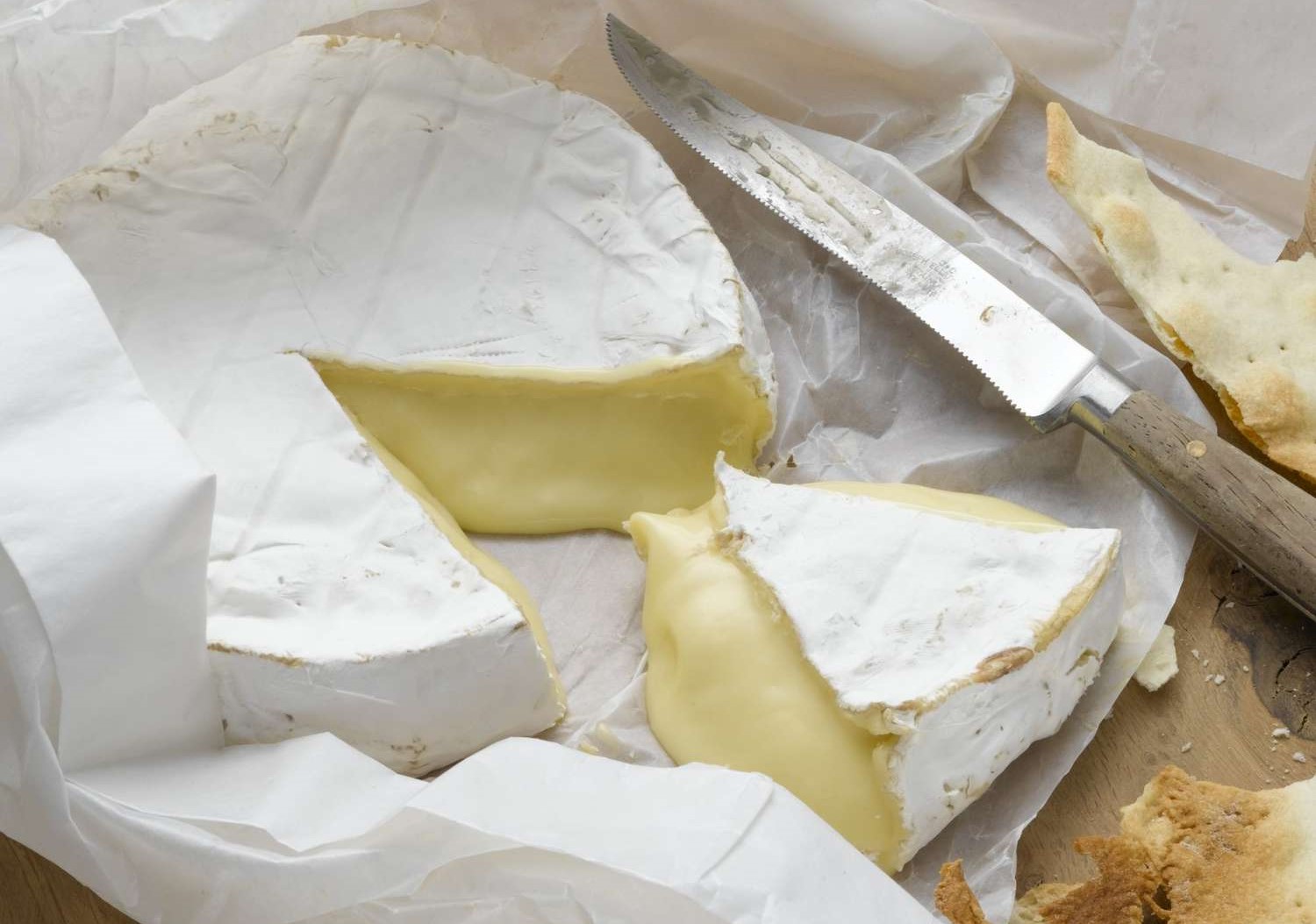
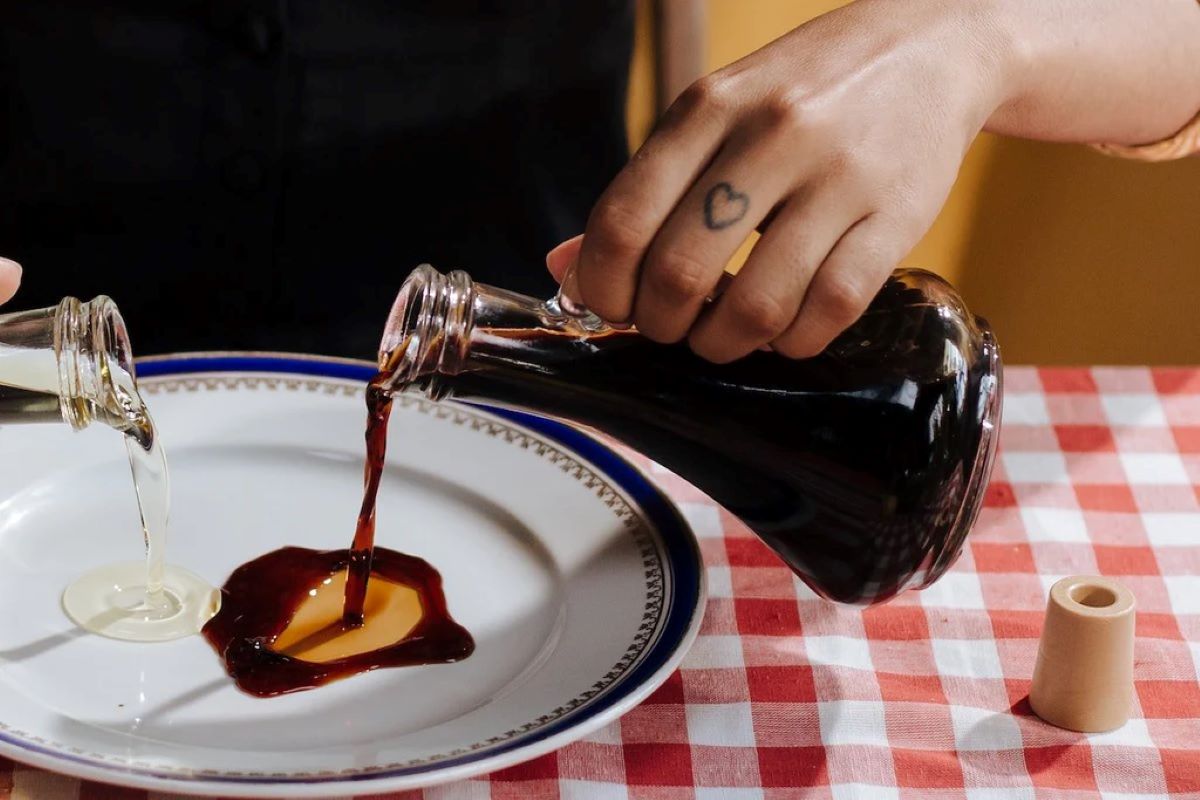
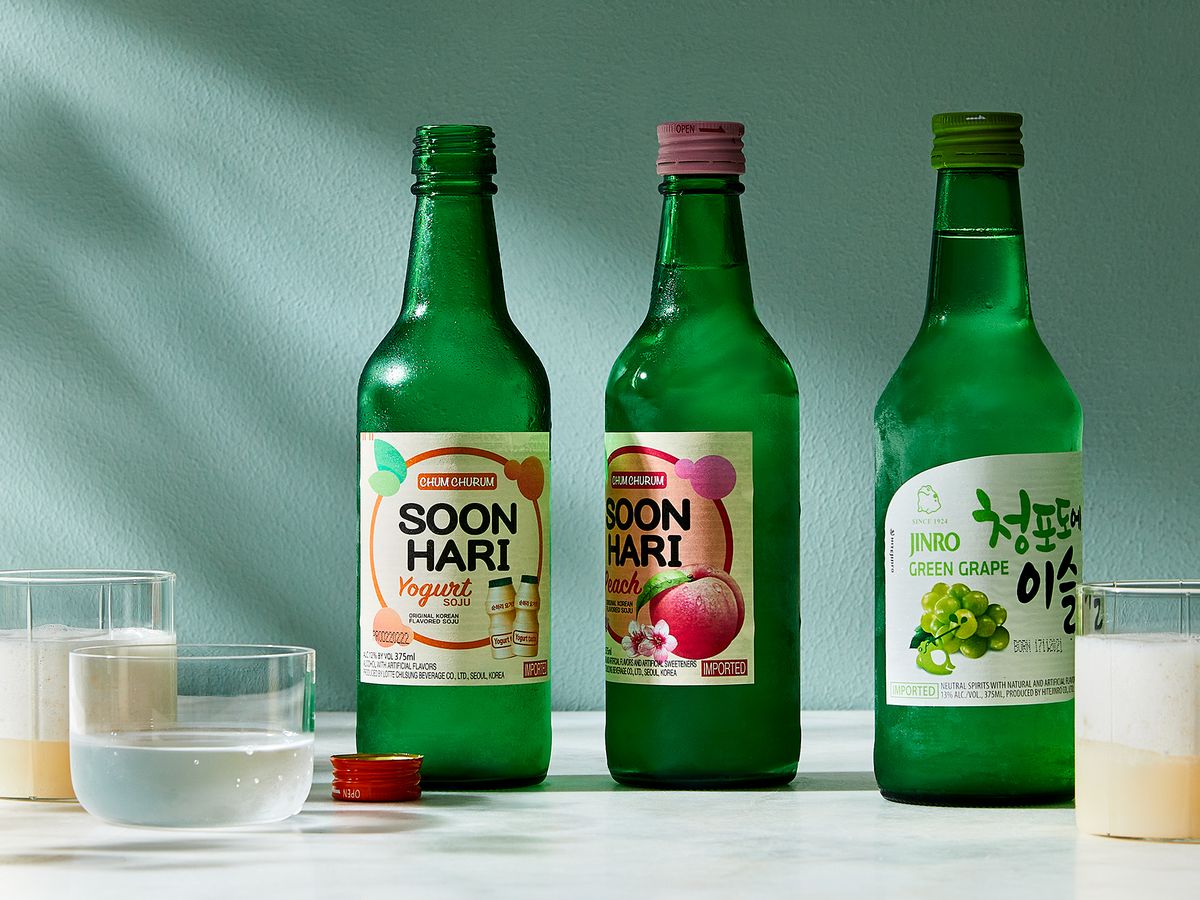
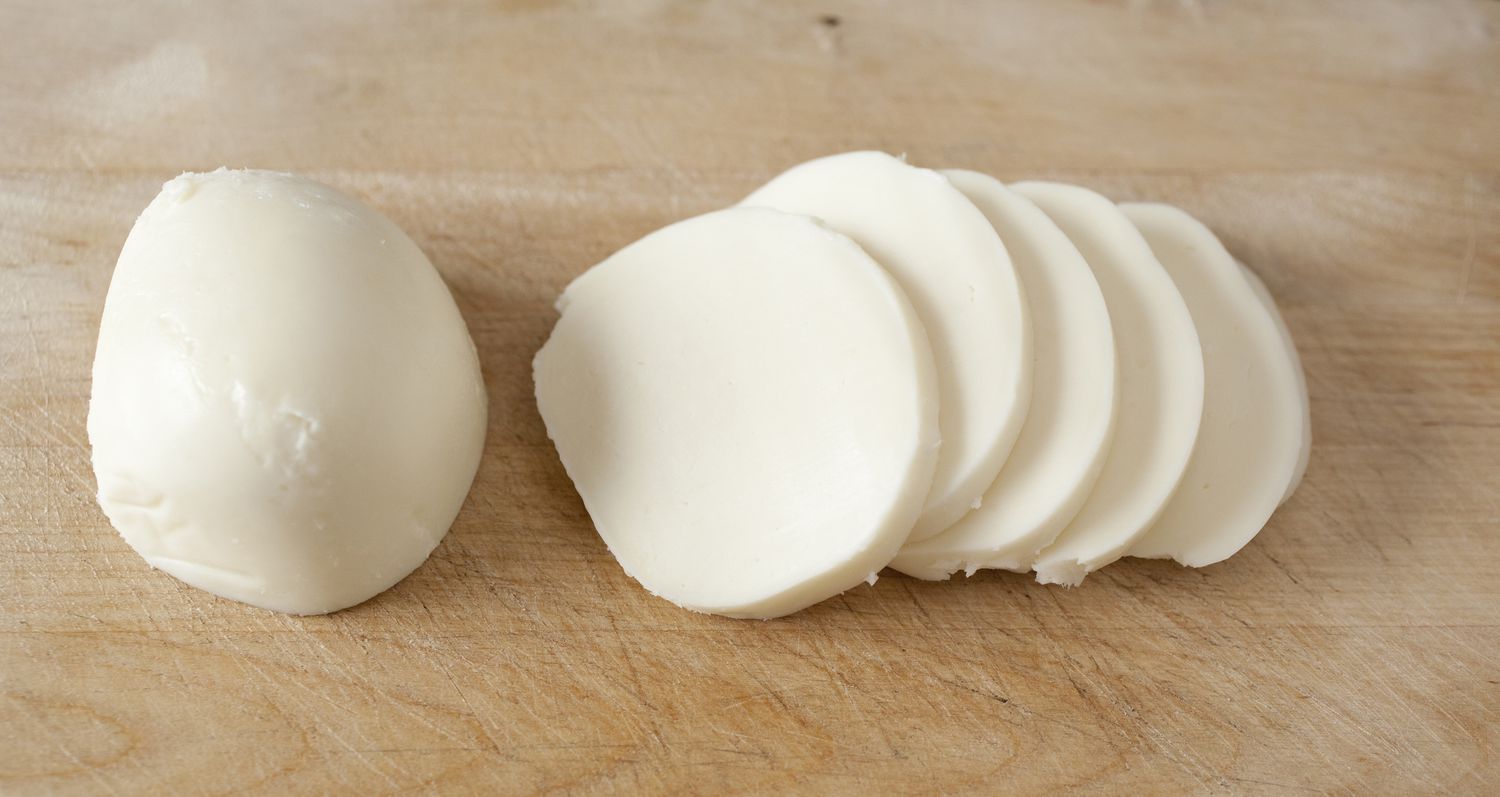
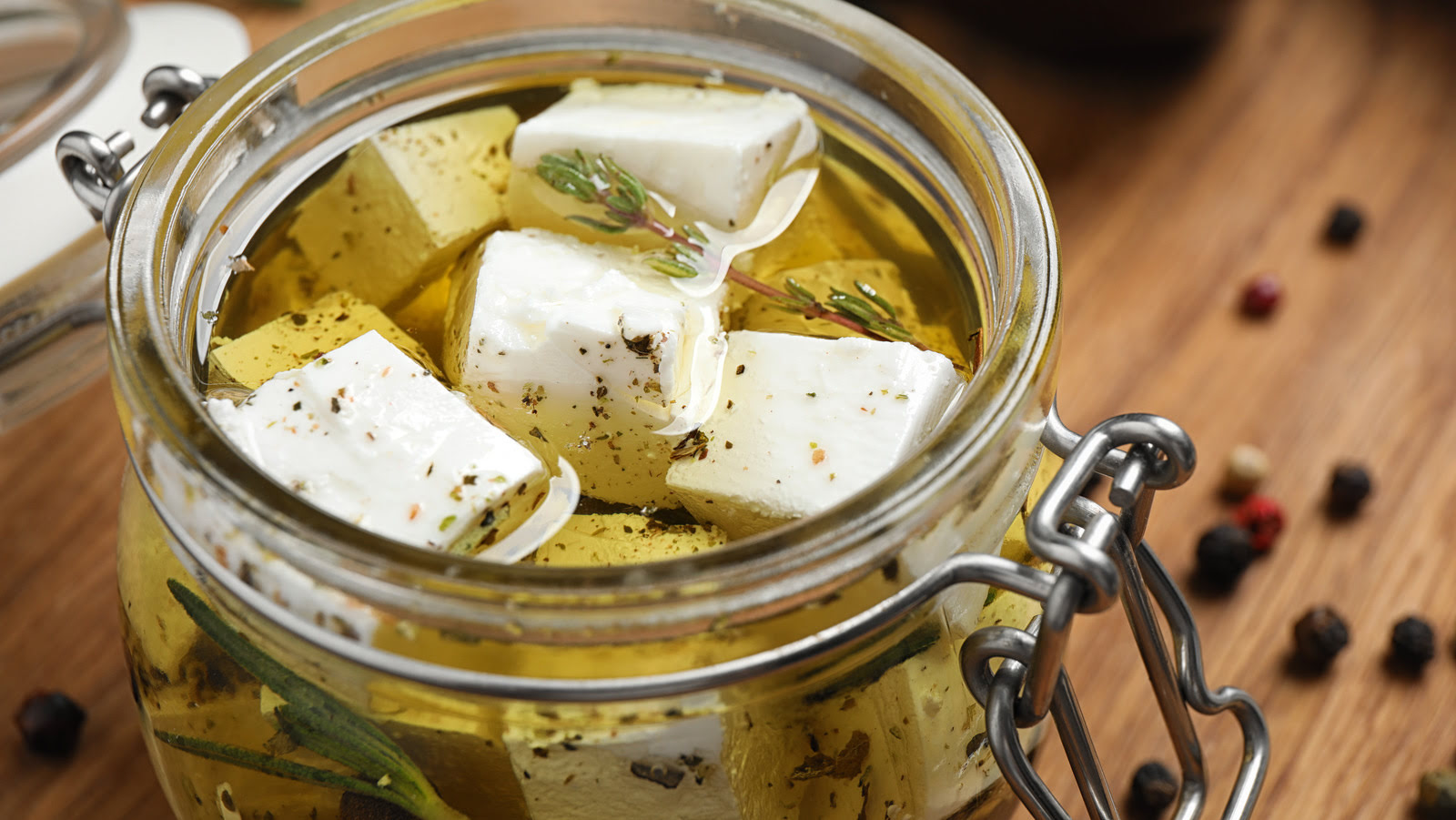
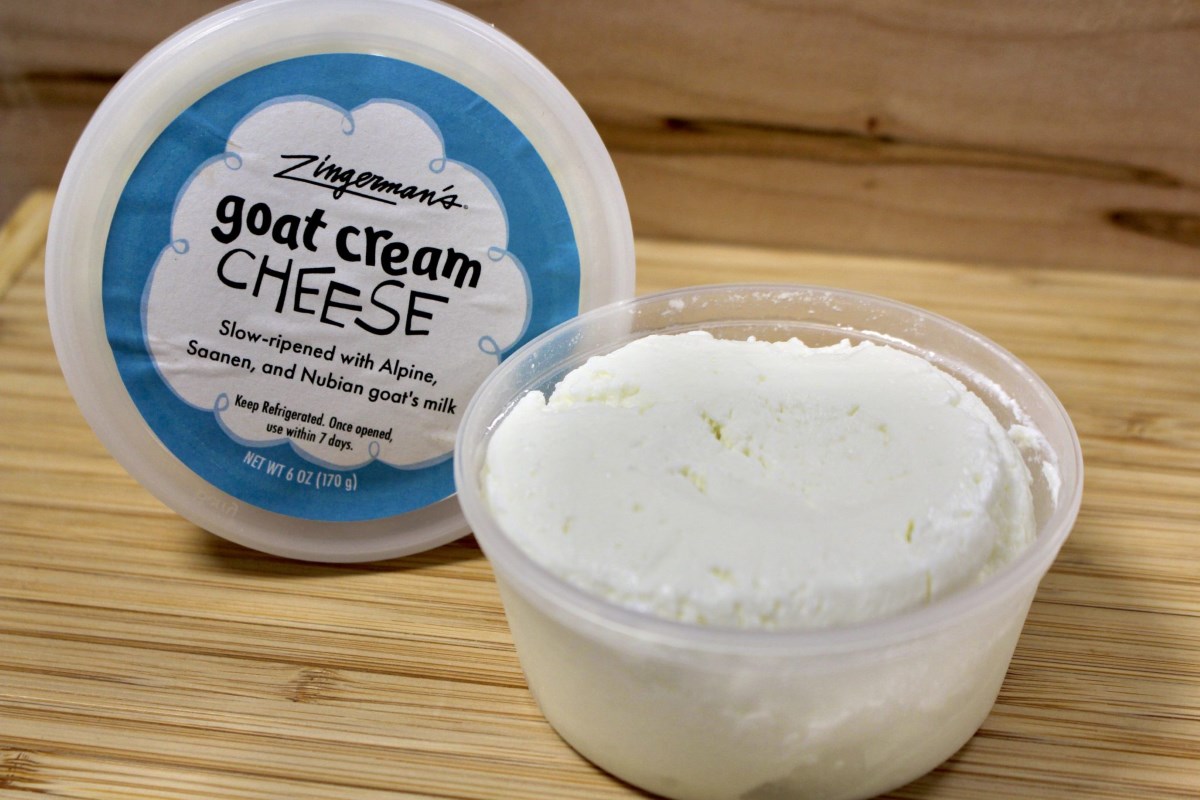
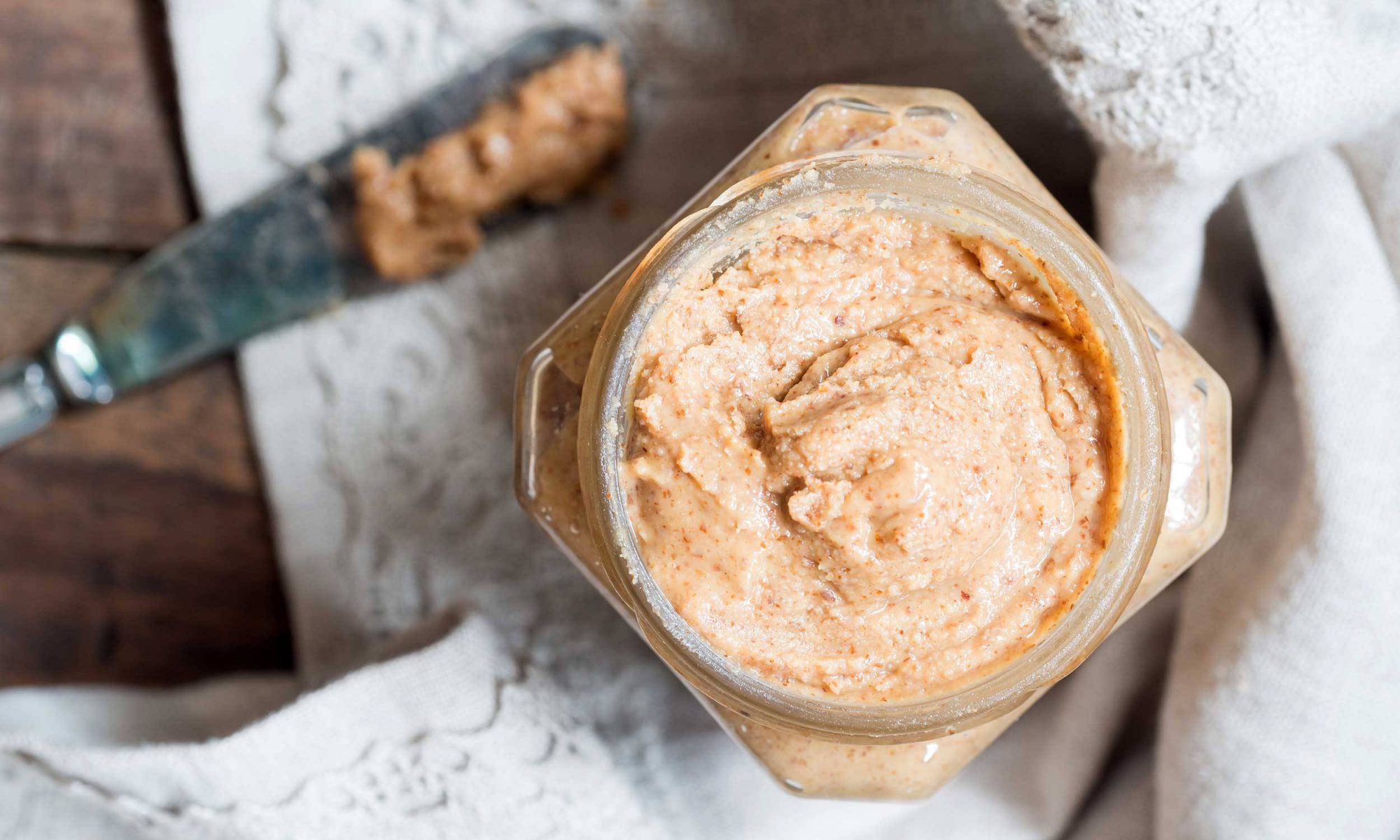
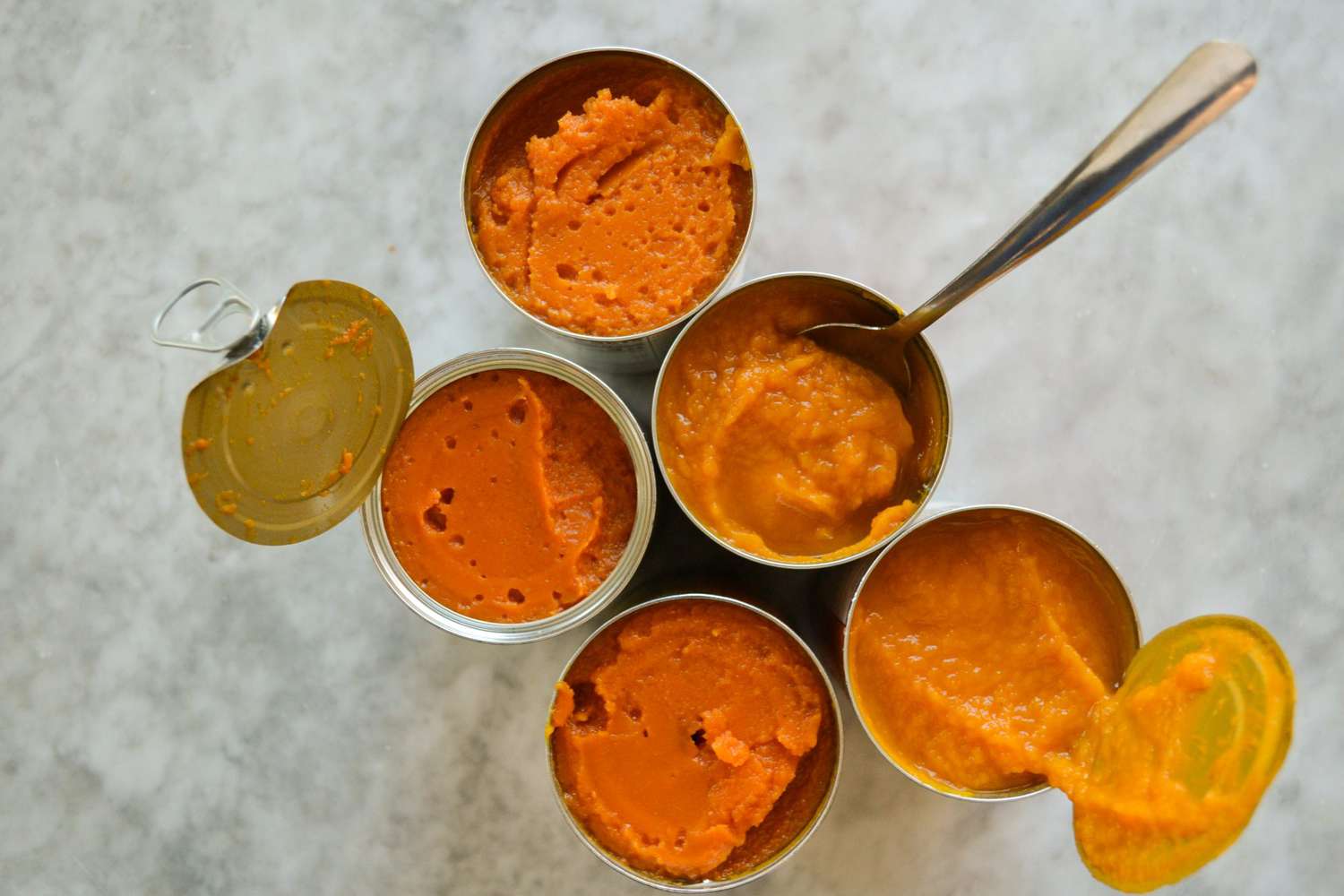
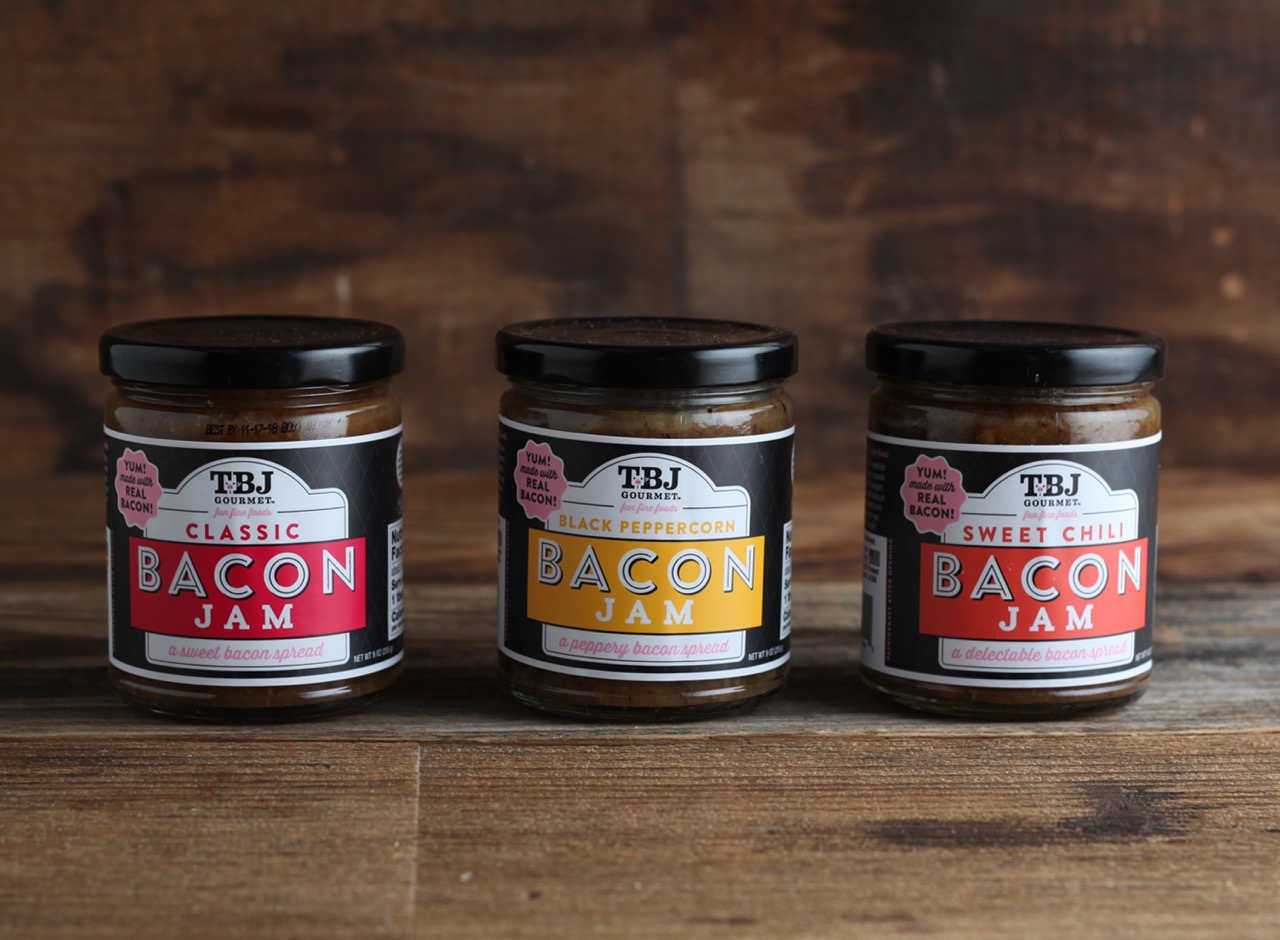
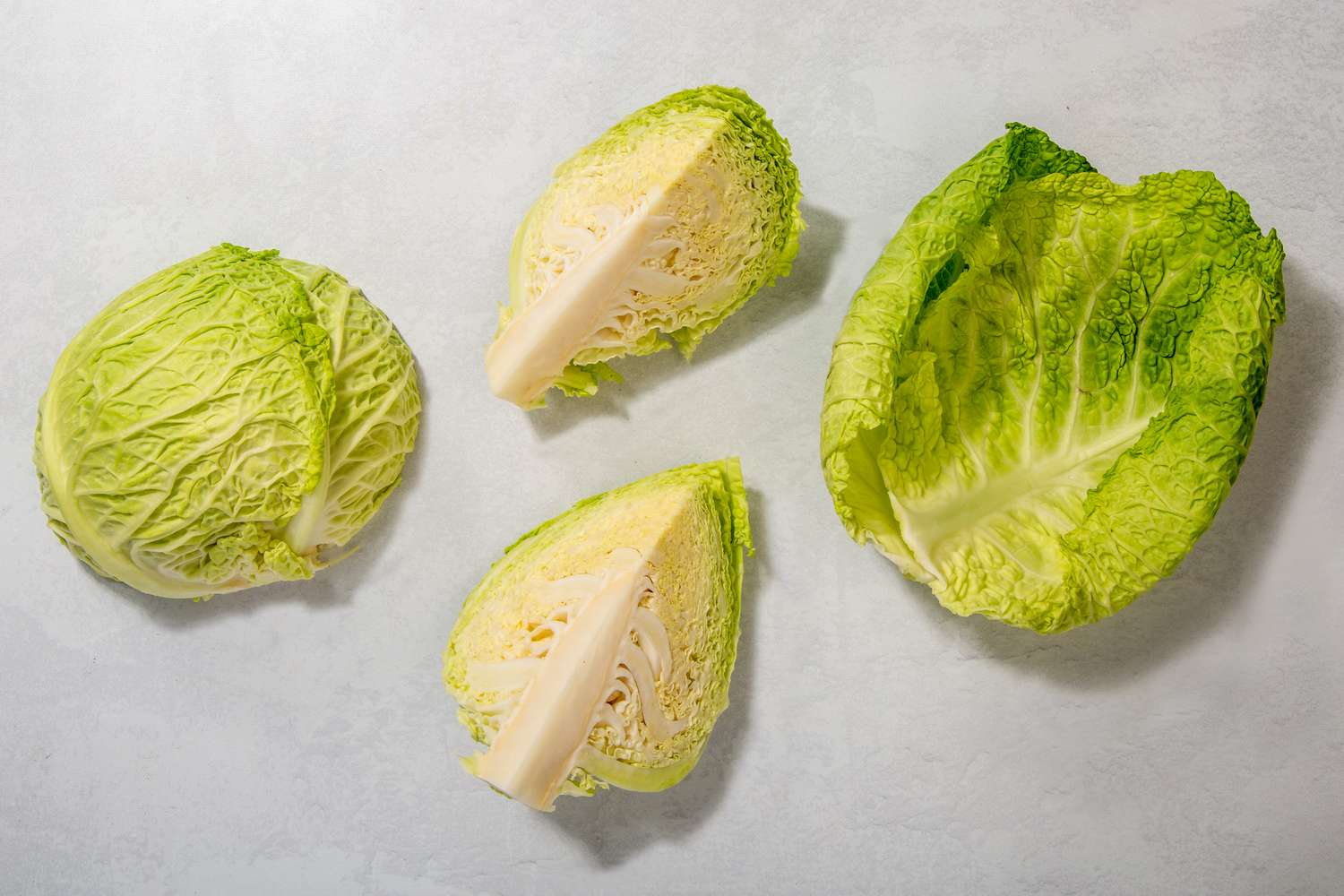
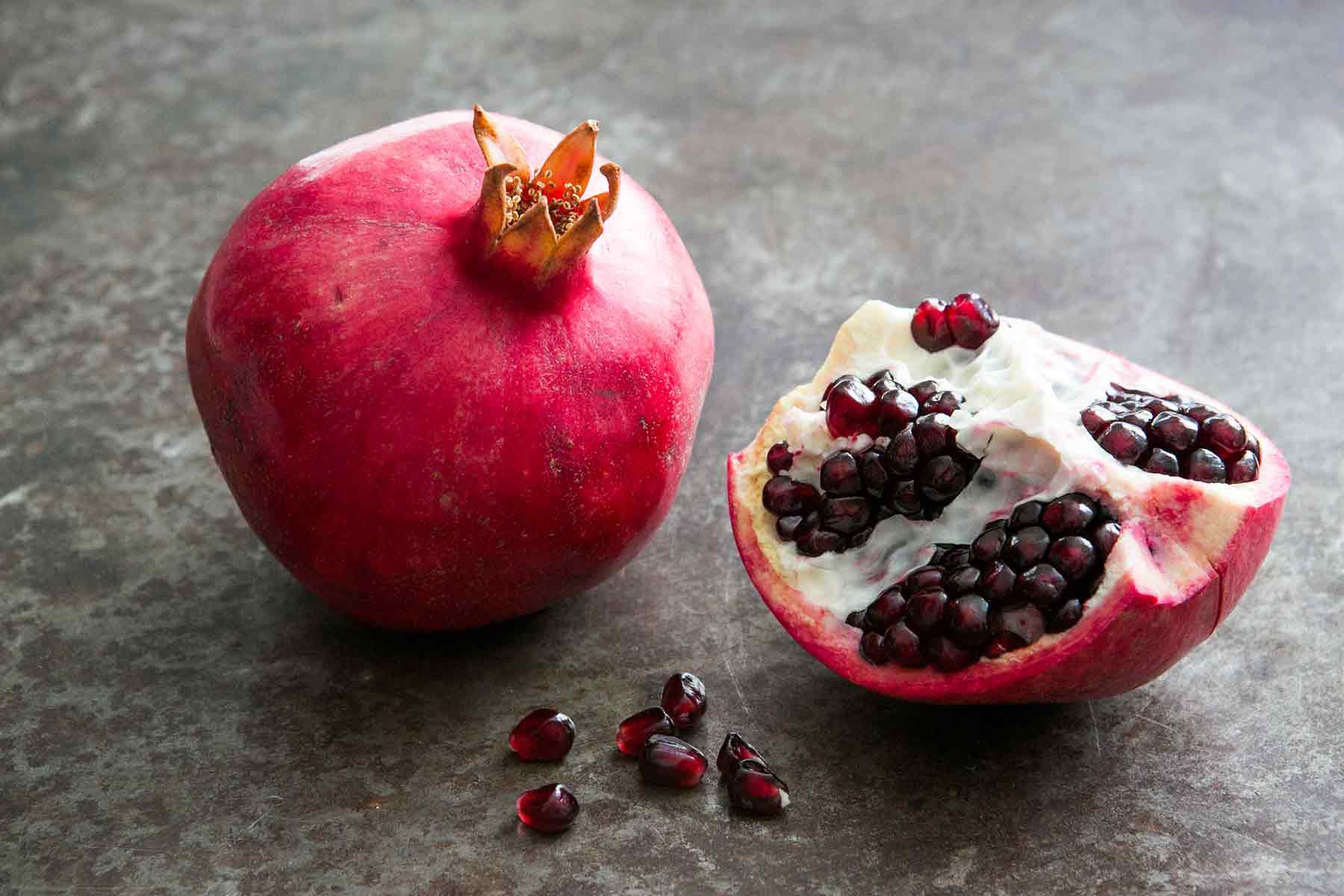
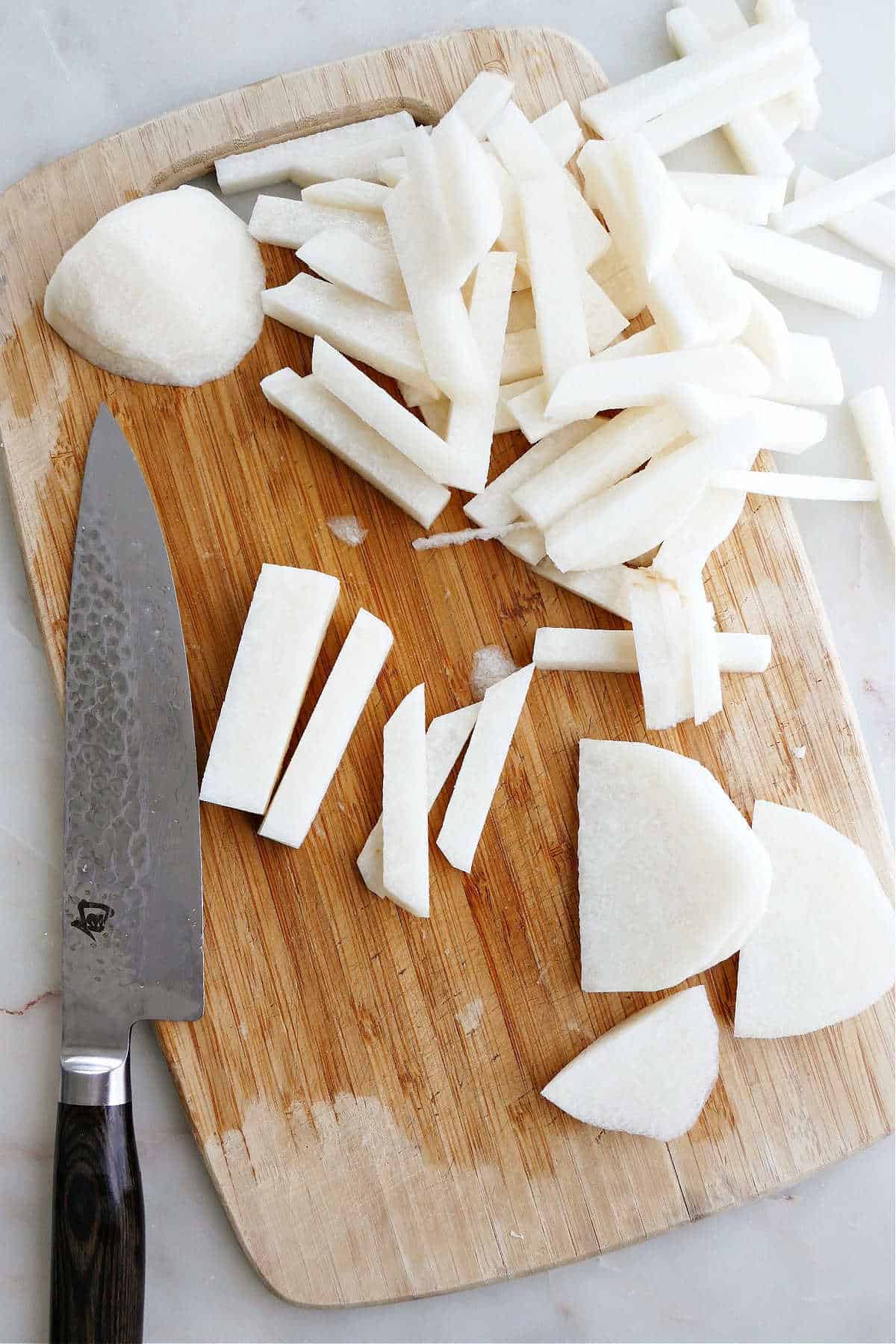

0 thoughts on “How To Store Jam Once Opened”